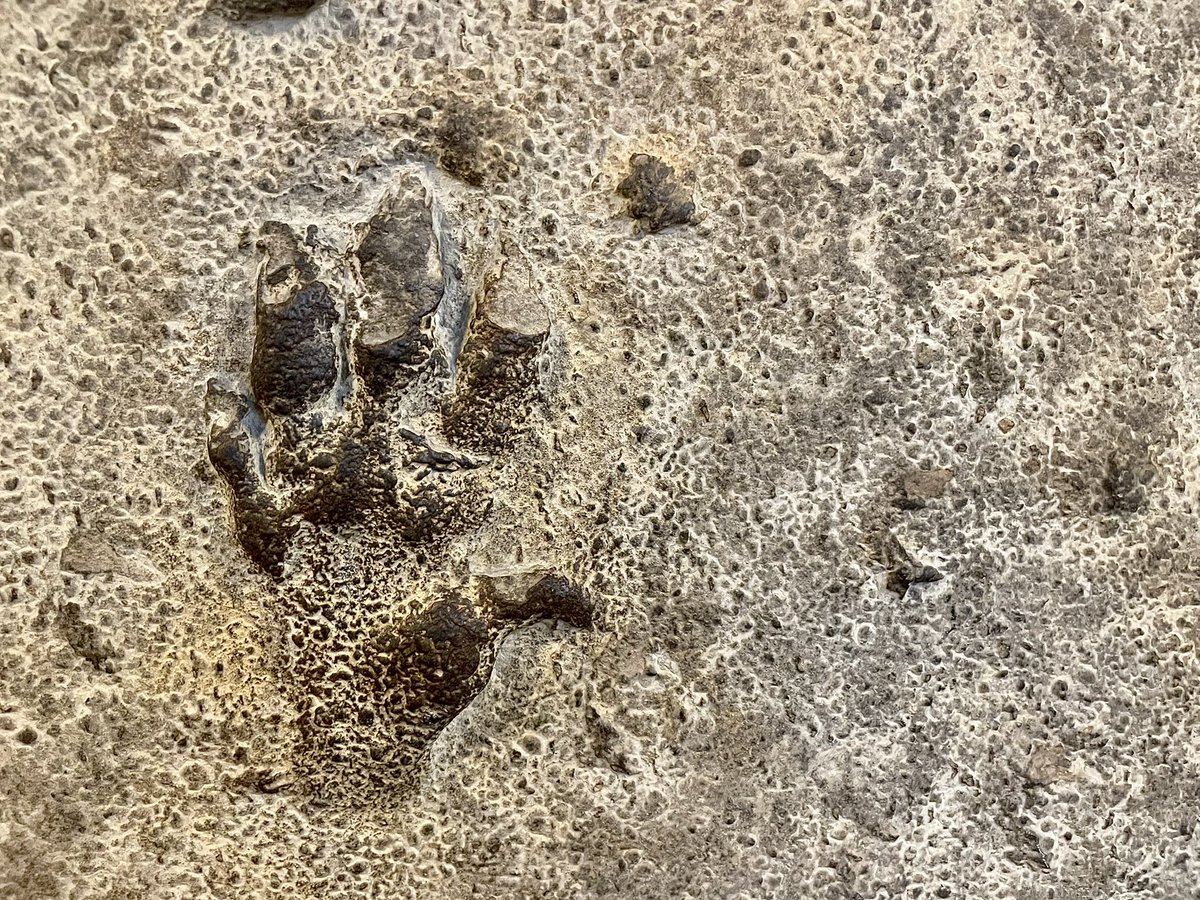
About 252 million years ago the largest known extinction events occurred, the Permian-Trassic. Also known as the ‘Great Dying’ an estimated 96% of all species went extinct during this period. 

Ecosystems on land were dominated by a group of animals called Therapsids. It included many of the first megaherbivores and carnivores as well as smaller creatures
One you might recognise from the Museum is the Diictodon. This burrowing creature was the size of a small dog and its fossil remains have been found in what is now South Africa, and Zambia. 

Dicynodonts, like Diictodon, survived (and even thrived after) the Permian extinction event, as did our ancestors, the cynodonts. But many therapsids were wiped from the planet.
What exactly caused the loss of most of the animal and plant species on the planet? Volcanoes. A lot of volcanoes.
Over the course of a few million years and multiple phases of eruptions in what is now modern-day Siberia, around seven hundred million square kilometres were covered in lava. The ash, methane and CO2 released…
…into the atmosphere by these eruptions were what caused serious problems for the planet, and led to the greenhouse effect rapidly warming the globe. CO2 levels reached over 2,000 parts per million…
…and the tropical ocean temperature raised by some 10 degrees Celsius. Due to this rapid warming, the oceans lost about 80% of their oxygen and half of the oceans seafloor became completely devoid of oxygen.
Corals were almost wiped out at the end of the Permian, two majors orders (rugose and tabulate corals) became extinct. In fact, there were no coral reefs for 30 million years before modern stony corals appeared in the Middle Triassic. 

Just like with modern climate change, the planet and its organisms just couldn’t keep up with the rise in temperatures.
In fact, a new report released by the Global Coral Reef Monitoring Network and @ICRI_Coral_Reef last week…
In fact, a new report released by the Global Coral Reef Monitoring Network and @ICRI_Coral_Reef last week…
…has shown that 14% of the world’s coral has been lost in less than a decade. While coral reefs only cover 0.2% of the seafloor, they support near 25% of marine species, and the food and economic security of hundreds of millions of people.
• • •
Missing some Tweet in this thread? You can try to
force a refresh













